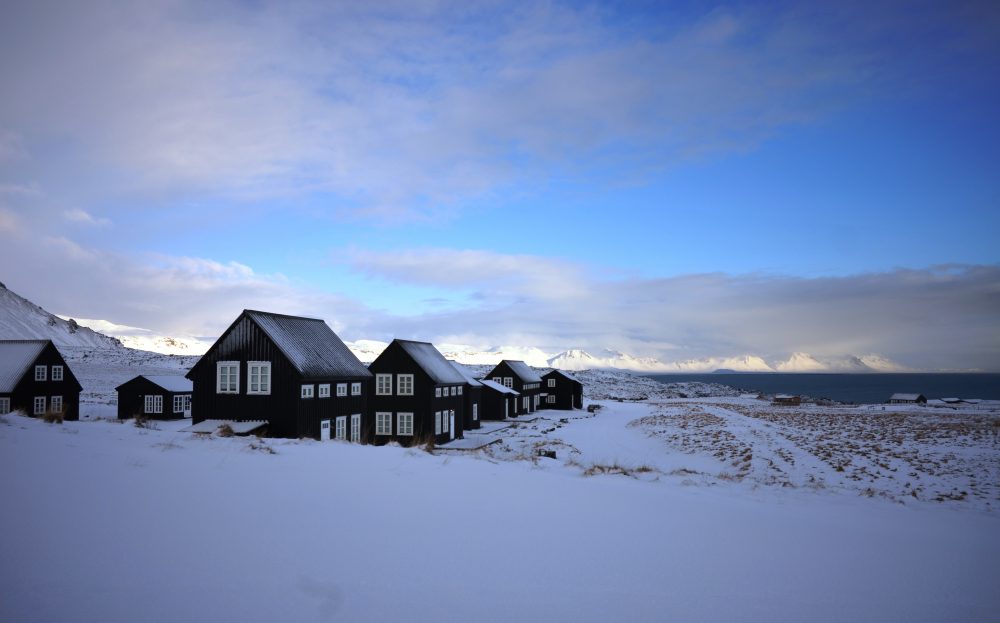Wojciech Pietranik urodził się w 1950 w Gdańsku i tam ukończył rzeźbę na Akademii Sztuk Pięknych. Swoje prace wystawiał zarówno w Polsce jak i zagranicą. W 1985 roku wyemigrował do Australii, gdzie między innymi pracował w federalnej mennicy w Canberze – Royal Australian Mint. Zaprojektował kilkadziesiąt medali i monet okolicznościowych, upamiętniających ważne rocznice i wydarzenia narodowe. Uznawany jest za twórcę odważnego i niezależnego, co docenili m.in. organizatorzy Olimpiady w Sydney w 2000 roku. Projekt medalu stworzony przez Pietranika został wybrany przez komitet selekcyjny ( zobacz medal zaprojektowany przez Pietranika ). W tym roku po ponad 20 latach artysta zakończył pracę w mennicy i zamierza wrócić do rzeźby.

O sztuce, która ma wiele form i dwie strony medalu – rozmowa z Wojciechem Pietranikiem
MK: When did you decide to emigrate? What was the main reason?
WP: On the day martial law was introduced in Poland.
MK: In 1989 you took up the position of Designer and Sculptor at the Royal Australian Mint in Canberra. Did you consider it to some extent a new profession for you? It seems that medallic art involves slightly different skills from sculpture.
WP: It was a compromise I had to make, but at the same time a fantastic opportunity.
I had a family to feed and making the transition was not as difficult as you suggest, since medallic art is traditionally part of sculpture. However, there was still a lot to learn. In 1992 I was awarded a Winston Churchill Fellowship. I went to Italy to improve my skills in medal and coin making. The six months I spent at the School of Medallic Art in Rome was an unforgettable experience.
MK: While working at the Royal Australian Mint you designed many nationally significant coins including $1 The Last Anzacs Fine Silver (1999), $1 Silver Kangaroo Coin (1999), Royal Flying Doctor Service coins (1998), and Kangaroo at Sunset (2007). Did all your notable works created for Australia and its people make you more Australian?
WP: I think that my coin and medal design improved more and more as the years went by. The number of coins is in the high tens, if not the hundreds. There were coins for other countries as well. Many projects required an understanding of Australian nature and history so I had to educate myself in these subjects. My hope is that my interpretations, from an outsider‟s point of view, worked well for the Australian public. I was not so lucky in contributing in coin design to my country of birth, Poland, in spite of many promising planned projects.
MK: Your outstanding achievement was the Victory Medals for the Olympic Games in Sydney 2000. You won a competition beating 19 other artists. What made your medal unique? What was the concept behind that successful design?
WP: There were strict rules to follow in the competition but I broke a few by putting the Sydney Opera House and the Golden Wattle on the obverse side of the design. I think that it caught the attention of the Olympic Committee. Some alterations followed, such as the replacement of the Opera House by the sports arena (obverse) and the Olympic torch (reverse), but I‟m still very proud of my design.
MK: You have just completed your work at the Royal Australian Mint. Could you tell us more about your plans for the future? Will you miss medallic art?
WP: My work at the Royal Australian Mint concentrated mostly on coin design; medal design work happened occasionally. The coin design process changed significantly in recent years, mainly through the introduction of computer software. Personally I enjoyed both methods: the traditional, hand modelling and modelling using computer software.
For years I have been involved in creating art medals and stone sculpture outside my work place. Some of my art medals are in the collections of the British Museum and other European collections. I am going to continue to pursue my private art.
MK: Is being an artist easier in Poland or in Australia?
WP: I dont know the answer to this question. What is an artist anyway? To be an artist in an institution like the mint, for example, requires too many compromises, and you have to be prepared for a lot of them. In 2009 the Royal Australian Mint honoured me by staging an exhibition of the work I have done over the years, entitled “Striking Art Lasting Impression”. I have no idea how these things are seen in Poland these days but I suppose that the competition for work is much tougher now.
MK: Dziękuję za rozmowę.
WP: Dziękuję.
Zdjęcia rzeźb zostały udostępnione dzięki uprzejmości Pana Wojciecha Pietranika.
Tekst ukazał się także w: Biuletyn Ambasady RP w Canebrze_ czerwiec-lipiec 2012
